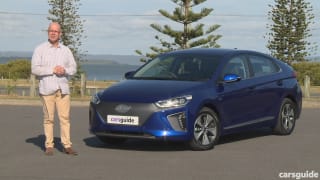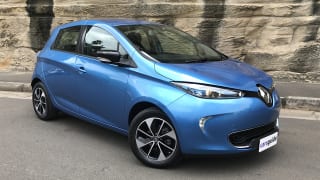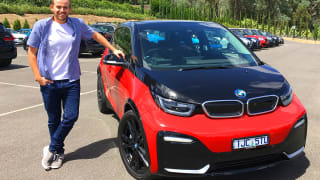The top-of-the-range-petrol Kona lists for $39,000, so how much would you pay for an electric version? Say, $45,000? Maybe $50,000?
Keep going higher. The Kona Electric in the entry-grade Elite lists for $59,990 and the Highlander above it is $64,490. Yes, that’s pricey – so much so that this is the most expensive Hyundai you can buy.
At the launch of the Kona Electric I asked Hyundai’s executives why their smallest SUV is so expensive and the answer was “it’s the right price”. They added that the cost of the batteries was the main contributor to the price.
Before you get all outraged and start a Facebook petition over the price, realise that we currently still live in a petrol-diesel dependent world where electric vehicles are very much a niche thing.
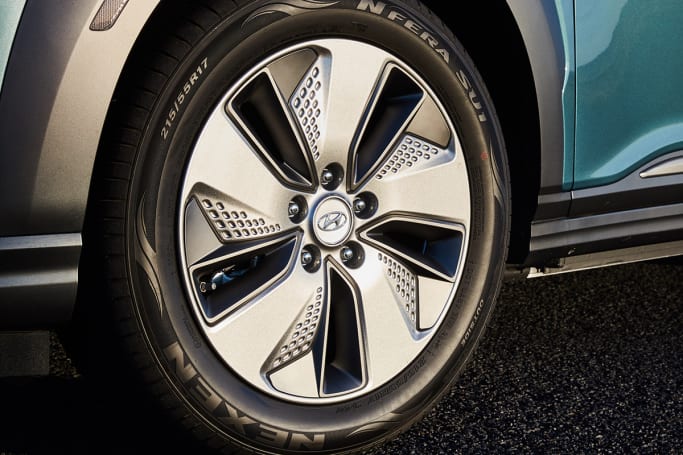
Until the costs associated with making EVs come down and the demand outweighs combustion engines they’ll be pricier. All car brands have the same issue: the Renault Zoe, the Jaguar I-Pace, the BMW i3 – all are way more expensive than a petrol equivalent would be.
If it’s any consolation, the Kona Electric is loaded with features, even on the entry-grade Elite which comes standard with a leather interior, an 8.0-inch touchscreen, sat nav, Apple CarPlay and Android Auto, Bluetooth connectivity, an Infinity stereo, digital radio, paddle shifters, climate control, a reversing camera, a 7.0-inch digital instrument cluster, proximity key and rear privacy glass.
The Elite also comes standard with the 'Smart Sense' safety package which I’ll cover in more detail in the safety section further down.
The Highlander adds LED headlights and tail-lights, a wireless charging pad, a sunroof, heated and ventilated front seats, a head-up display, and a heated steering wheel.
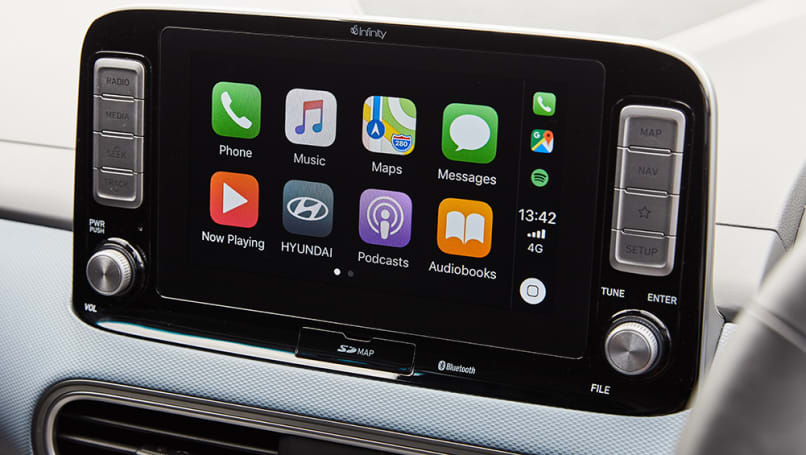
If you don’t want a sunroof, you can swap it for a two-tone roof – which looks great.
So, is it good value? No. But early adoption of new technology never comes cheap. Look at how expensive laptops were 30 years ago compared to now. We’ll be saying the same about EVs in three decades.
For a more affordable Hyundai EV check out the Ioniq Electric – it doesn’t have the range of a Kona Electric, but it costs less.

















